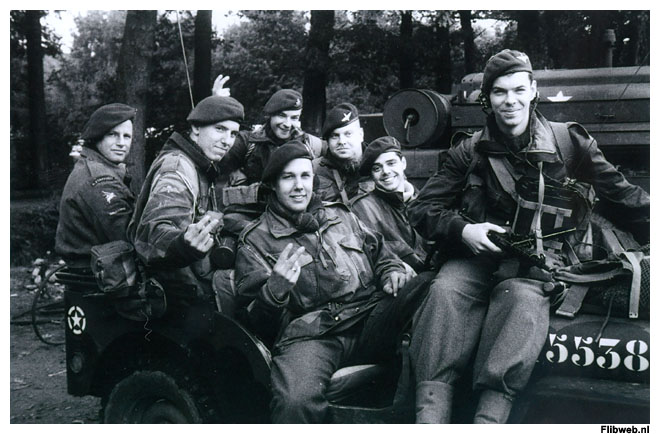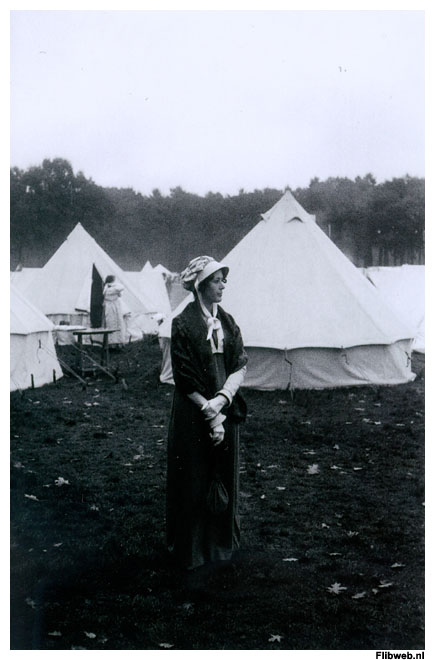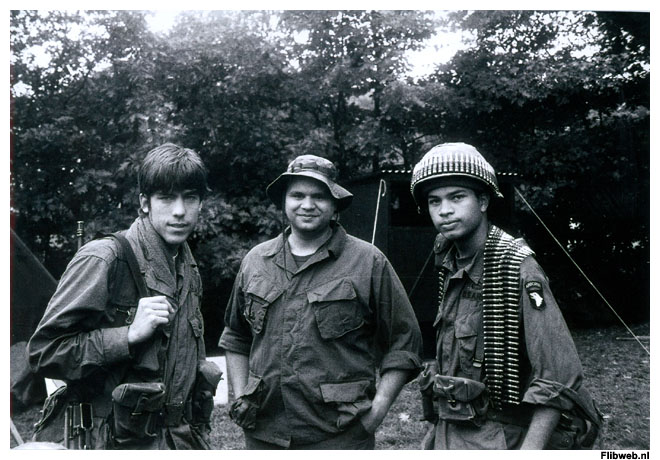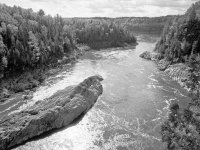chut
Luceat Lux Vestra
A few retro/historic questions:
Do you folks have a preferred 35 mm film when you're shooting with your older (1930s to 1950s) gear? If you've got 'em please post sample photos and cite the film and gear you used.
Is there film one can currently buy that tends towards that vintage look?
Finally, I'm looking to read up on the history and development of film. Are there any good books out there? I've seen the Story of Kodak, which naturally focuses solely on one company's history. I'm wondering if there's a book that covers other companies such as Agfa, Efke, etc.
Do you folks have a preferred 35 mm film when you're shooting with your older (1930s to 1950s) gear? If you've got 'em please post sample photos and cite the film and gear you used.
Is there film one can currently buy that tends towards that vintage look?
Finally, I'm looking to read up on the history and development of film. Are there any good books out there? I've seen the Story of Kodak, which naturally focuses solely on one company's history. I'm wondering if there's a book that covers other companies such as Agfa, Efke, etc.
Last edited:
NickTrop
Mentor
FP4+ and Rodinal.
Keith
The best camera is one that still works!
Lately I've been shooting with Ilford PanF+ at 80 ISO and developing in Rodinal 50+1 ... I like the retro look that combo seems to give!
wallace
Well-known
more than FP4:
Apx100, PanX and TriX, souped in Rodinal.
Apx100, PanX and TriX, souped in Rodinal.
Mr_Flibble
In Tabulas Argenteas Refero
If I want 'vintage'-looking pictures I prefer Adox 100 ART



Retina II (model 142) with Schneider Kreiznach Xenon 50mm f2
I'd have to ask about what it was souped in.



Retina II (model 142) with Schneider Kreiznach Xenon 50mm f2
I'd have to ask about what it was souped in.
Dave Wilkinson
Mentor
That 'retro' look that you seek will come more from your chosen lens, than the film.
Dave.
Dave.
xayraa33
rangefinder user and fancier
Efke KB 100 is my favorite when shoot my 1930s to 1950s cameras.
David Goldfarb
Well-known
Try Fomapan 200 (formerly T200, Creativ 200, also Freestyle Arista.EDU ULTRA 200). It's a modern technology film, but can look like something from the 1930s under the right conditions.
Roger Hicks
Mentor
As well as film -- Foma 200 in FX39, rated at 125 and generously exposed, is good -- remember the relevance of uncoated enlarger lenses (common well into the 50s and even 60s) and don't print too large. For the film/dev combination (with a modern lens), see http://www.rogerandfrances.com/sgallery/g uk new.html.
EDIT: What sort of thing do you want to know about film history? It's all out there, but well scattered. How much detail do you need? Sensitizing? Gelatine isoelectric points? Jetting? Coating machinery? Base materials? Most of it is hellish technical, and up to date at the time it was published, so you have to build the history from primary sources.
Cheers,
R.
EDIT: What sort of thing do you want to know about film history? It's all out there, but well scattered. How much detail do you need? Sensitizing? Gelatine isoelectric points? Jetting? Coating machinery? Base materials? Most of it is hellish technical, and up to date at the time it was published, so you have to build the history from primary sources.
Cheers,
R.
Last edited:
Harry Lime
Practitioner
Some of the Adox films are based on vintage formulas dating to the 1950's and earlier. Apparently they are still using the same coating machines. These films also have a spectral sensitivity that is different than modern films. Skin tones may look more burnished etc. This is important in getting the look right. Use a very pale blue filter to get similar results with modern films.
I would use ADOX film with a period lens and developer. Probably Rodinal or a divided developer like D23 or the Stoekler formula.
I would use ADOX film with a period lens and developer. Probably Rodinal or a divided developer like D23 or the Stoekler formula.
Roger Hicks
Mentor
That 'retro' look that you seek will come more from your chosen lens, than the film.
Dave.
Dear Dave,
I'm not sure I'd entirely agree, but equally, I'd not disagree entirely either: I think they're both about equally important.
There's also the point that '30s to 50s' is perhaps the biggest change in lens design in any given pair of decades, with the very first computer designs and (far more importantly) the advent of coating. A 50/2 Summicron vs. a 50/2 Summar is a hell of a difference.
Cheers,
R.
Dave Wilkinson
Mentor
Dear Dave,
I'm not sure I'd entirely agree, but equally, I'd not disagree entirely either: I think they're both about equally important.
There's also the point that '30s to 50s' is perhaps the biggest change in lens design in any given pair of decades, with the very first computer designs and (far more importantly) the advent of coating. A 50/2 Summicron vs. a 50/2 Summar is a hell of a difference.
Cheers,
R.
Dear Roger,
I think we do agree, perhaps I should have been more explicit. My reply was prompted by a number of people simply stating-'FP4 in Rodinal'......'TriX in ID11' or 'HP5 in Earl Grey' or whatever. Many of these combinations if used with your F5 or LX, would not render what I percieve as a retro look, but with an uncoated or single coated Tessar, Elmar, etc., certainly would.
Cheers, Dave.
Keith
The best camera is one that still works!
If I want 'vintage'-looking pictures I prefer Adox 100 ART



Retina II (model 142) with Schneider Kreiznach Xenon 50mm f2
I'd have to ask about what it was souped in.
I like those a lot ... I have some Adox in the fridge that I bought recently and haven't got around to using yet. That was good incentive!
Al Patterson
Ferroequinologist
When I go for vintage B&W, I use Tri-X. If I'm looking for a more modern look, I'll go with XP2.
wpb
Well-known
I have out my 1940's era (27th edition) copy of Kodak's How To Make Good Pictures. Here are your film choices in the US (I have converted the speeds from Weston to ASA):
Verichrome 64ASA
Super-XX 100ASA
Plus-X 50ASA
Panatomic-X 32ASA
Kodachrome (not directly listed but about) 12ASA
So if you shoot something like modern Tri-x you are going to need at least a 3 stop neutral density filter. I would say Super-X would be much grainier than the current Tri-x even in Rodinal. As stated in the book these ratings include a "safety factor" for exposure. Kodak film of the era did not have any meter setting ratings on the packaging.
Verichrome 64ASA
Super-XX 100ASA
Plus-X 50ASA
Panatomic-X 32ASA
Kodachrome (not directly listed but about) 12ASA
So if you shoot something like modern Tri-x you are going to need at least a 3 stop neutral density filter. I would say Super-X would be much grainier than the current Tri-x even in Rodinal. As stated in the book these ratings include a "safety factor" for exposure. Kodak film of the era did not have any meter setting ratings on the packaging.
Last edited:
Roger Hicks
Mentor
Dear Roger,
I think we do agree, perhaps I should have been more explicit. My reply was prompted by a number of people simply stating-'FP4 in Rodinal'......'TriX in ID11' or 'HP5 in Earl Grey' or whatever. Many of these combinations if used with your F5 or LX, would not render what I percieve as a retro look, but with an uncoated or single coated Tessar, Elmar, etc., certainly would.
Cheers, Dave.
Dear Dave,
Ah, not uncommon on forums: more agreement than appears. Yes, I think we are in complete agreement.
(You do realize that you have just started a craze for HP 5 in Earl Grey? Next controversy: how long should the tea steep/cool/mature? And: one spoon per film and one for the tank?)
Cheers,
Roger
FPjohn
Well-known
Hello:
Time travel to which era? Ortho film>thin emulsion orthopan>medium pan speed>"high speed" pan films can take you from the '40s to the '70s.
A lens with a few faults is also a help.

FP4+,Rodinol 1:50, 25mm Snapshot Skopar, yellow filter. IIIB.
yours
FPJ
Time travel to which era? Ortho film>thin emulsion orthopan>medium pan speed>"high speed" pan films can take you from the '40s to the '70s.
A lens with a few faults is also a help.
FP4+,Rodinol 1:50, 25mm Snapshot Skopar, yellow filter. IIIB.
yours
FPJ
Attachments
Last edited:
40oz
...
honestly, it's generally the toning that makes people think "old picture." I've been looking at a lot of old prints at local museums, and it's astounding how sharp and clear everything is. There is a tendency to think everything made prior to last year is foggy and blurry, but that's hardly the case. However, I'd say almost all of the images are toned in some manner. They aren't just B&W prints that survived well.
Also, the way people pose is different in "modern" times. People instinctively smile for a camera, and don't tend to stand rigidly during the shot because they expect it to take an instant, not a second or more of exposure. This certainly affects the feeling of modern images as much as anything.
Also, the way people pose is different in "modern" times. People instinctively smile for a camera, and don't tend to stand rigidly during the shot because they expect it to take an instant, not a second or more of exposure. This certainly affects the feeling of modern images as much as anything.
Migracer
"MigRacer&amp ;qu ot; AKA Miguel
Having recently un retired my 1030's cameras and actually have shot a couple of rolls of modern color film, I am amazed at the clarity of the pictures. The only failing is flare under certain conditions. Being a child of the 50's i learned to shoot on this equipment using the Kodak X's pan , plus and x. aside from the clothing the sharpness and clarity of those images is still fantastic, even by todays standards.. I believe the old look is due to the slow shutter speeds needed for the old films. A little shake and blur was due to the operator not the film or lenses. Go to my gallery and see the shot of my Cape mertyls that I up loaded today. Shot witg a 1946 Kodak RF.
Ade-oh
Well-known
I've recently been experimenting with Adox Ortho 25 and Adox CMS 20.
The Ortho 25 gives a very retro look because it darkens skin tones, is virtually grain free at normal enlargement, and because depth of field is generally very narrow under typical conditions (where I live in the UK anyway!); combined with my 1946 Summitar, it's even more 'retro'.
The CMS 20 also has that retro look and is, again, almost entirely grain free (in fact, scanned at 4000dpi in my Coolscan V, I hit pixels before I hit grain). Combined with some toning, either in Photoshop or in the darkroom, it produces prints which could have been made any time in the last 60 years. The only real drawback is that it's a pain working with the Adotech developer which has a very short shelf life.
The Ortho 25 gives a very retro look because it darkens skin tones, is virtually grain free at normal enlargement, and because depth of field is generally very narrow under typical conditions (where I live in the UK anyway!); combined with my 1946 Summitar, it's even more 'retro'.
The CMS 20 also has that retro look and is, again, almost entirely grain free (in fact, scanned at 4000dpi in my Coolscan V, I hit pixels before I hit grain). Combined with some toning, either in Photoshop or in the darkroom, it produces prints which could have been made any time in the last 60 years. The only real drawback is that it's a pain working with the Adotech developer which has a very short shelf life.
Share:
-
This site uses cookies to help personalise content, tailor your experience and to keep you logged in if you register.
By continuing to use this site, you are consenting to our use of cookies.


